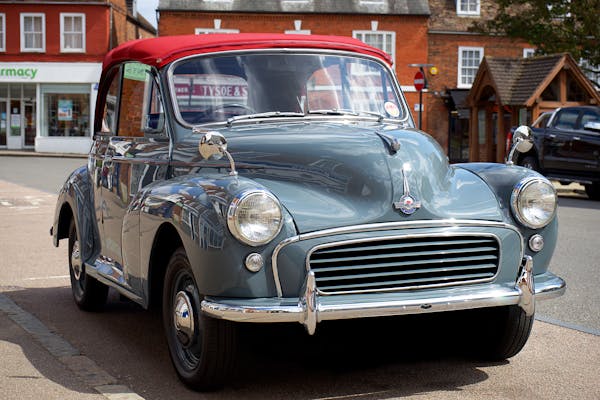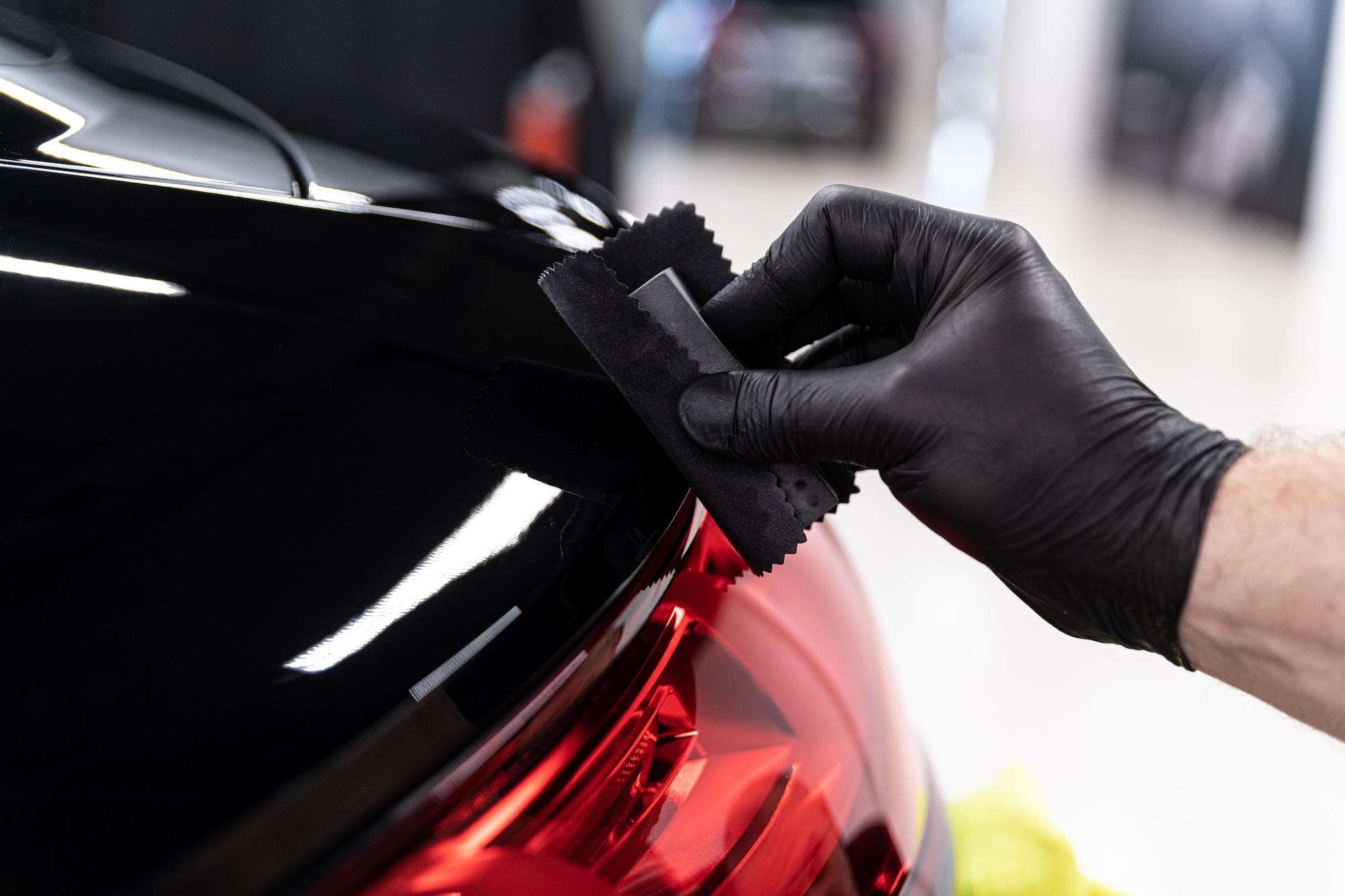The Rearview Mirror: The Car That Doomed AMC

It was the car of the future — or at least that’s how American Motors Corp. marketed its newest compact car in 1975. “When you get a Pacer,” the company said, “you get a piece of tomorrow.” But tomorrow came and went, and by this week in 1979, the last AMC Pacer rolled off the assembly line in Kenosha, Wisconsin, as sales, and AMC’s profitability continued to slide.
It wasn’t supposed to be this way.
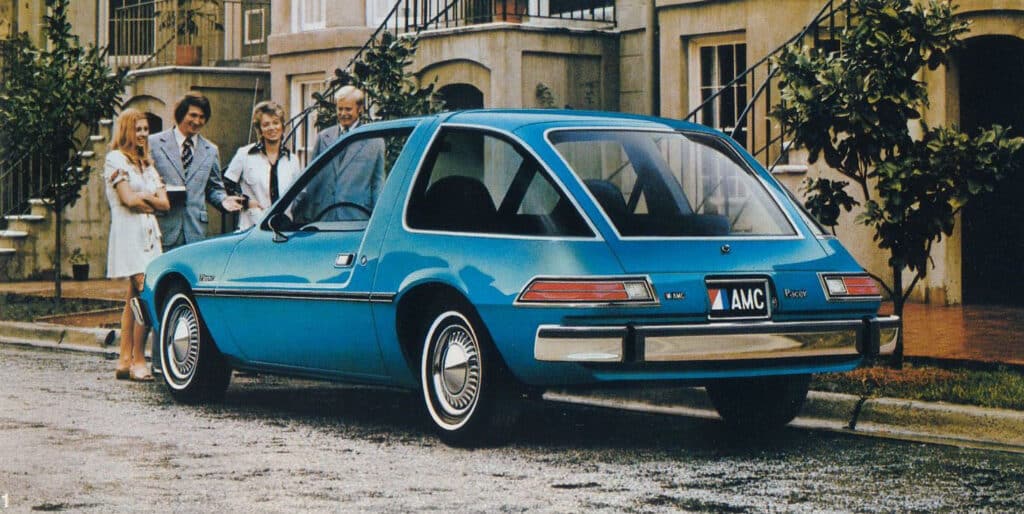
A changing market
It’s 1971, and the last five years saw a massive change in the automotive industry, as the federal government stepped in with regulations for an industry that had few — if any. First came the establishment of the United States Department of Transportation in 1966, followed by the first Federal Safety Standards for cars, which become effective Jan. 1, 1968.
Two years later, the National Highway Traffic Safety Administration is established for setting and enforcing safety performance standards for motor vehicles, which were set to dramatically increase going forward.
In addition, the past quarter century had seen a dramatic increase in the number of imported cars in the U.S. market. In 1948, imported cars accounted for less than 1% of U.S. automotive sales, according to the United States International Trade Commission. But 15 years later, they accounted for 5.4% of U.S. car sales. By 1971, imports accounted for 30.1% of U.S. car sales. Interestingly, the rise of imported car sales comes as the Big Three did their best to kill off independent automakers like Studebaker and Packard, and caused others, like Nash and Hudson, to combine to form American Motors.
Of course, some of these imported vehicles were brought in by the Big Three themselves, as they sought to fight foreign competitors from England, Germany, France and Italy with cars they sold overseas. Still, the market changed dramatically in a decade, with cars being sold in a variety of sizes and shapes, not merely a handful.
Meeting the challenge
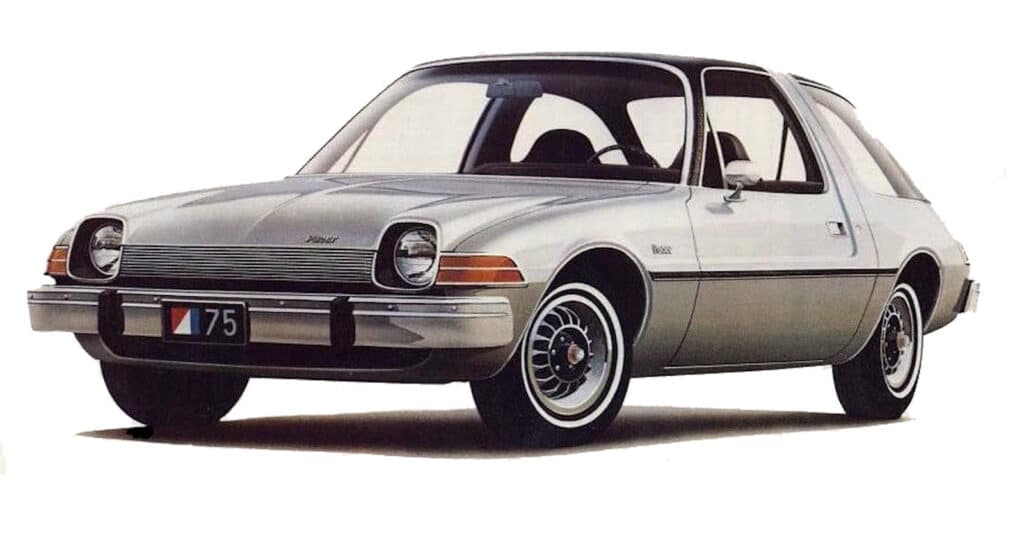
AMC’s Vice President of Product Development, Gerald Meyers, wanted the company’s advanced styling department to look at what the future might bring, and design a car for that market while delivering the comfort and capability that American buyers were accustomed to.
Dubbed Project Amigo, AMC execs sought a novel design, one “not seen before, using the latest technology, and exceeding upcoming safety regulations,” and boasting the interior space of a large car in a compact footprint.
Initial concepts didn’t look as dumpy as what finally emerged.
The car that emerged boasted a 100-inch wheelbase, like a 1950 Nash Rambler, but was 6 inches shorter overall at 170 inches and 3.5 inches wider. In fact, it was 1.5 inches wider than a full-size Chevrolet Caprice. The proportions were exacerbated by a low beltline and 39 square feet of glass area, double that of many competing compacts. The oddball proportions came as a result of Meyers’ insistence that the car be wider to accommodate passengers and side and roof safety structure to meet allegedly forthcoming safety regulations. And uniquely, the passenger-side door was 4 inches longer than the driver’s-side door, to ease access to the rear seat.
Powering the Pacer
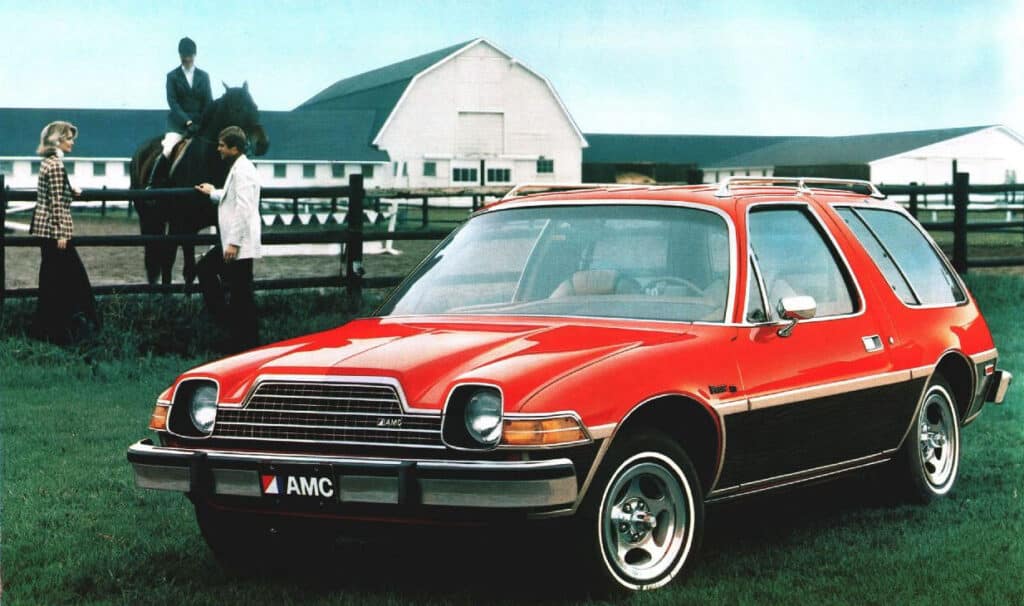
AMC considered making the Pacer front-wheel drive, but most likely didn’t have the funds to engineer it, so they stuck with rear-wheel drive. But AMC decided to use a Wankel rotary engine, which was lighter and more compact than conventional Otto-cycle international combustion engines.
At the time, GM signed a $50 million, five-year agreement with Wankel GmbH to develop its own engine, and began development a two-rotor engine that displaced 3.4 liters. The powerplant was slated for the Chevrolet Monza, Pontiac Sunbird, Oldsmobile Starfire and Buick Skyhawk. But when the project was delayed, and AMC sought other Wankel engines from Audi-NSU and Toyo Kogyo (Mazda’s parent company), but none proved satisfactory.
So AMC’s bulkier and heavier 3.8-liter inline 6-cylinder engine was used instead, adding an unexpected 70 pounds and causing the firewall to be redesigned to make room. A 4.2-liter 6 was optional, and AMC would offer its 5.0-liter V-8 as an option in 1978.
A 3-speed manual transmission was standard; a Chrysler TorqueFlite automatic was optional.
Public reaction
When it debuted, nothing looked like the AMC Pacer, and company executives were nervous. “This is the first time in the history of the American automobile industry that a car manufacturer has said in advance of bringing out a new product that some people may not like it,” Popular Mechanics wrote, and AMC public relations dubbed it a “a raindrop in overalls.”
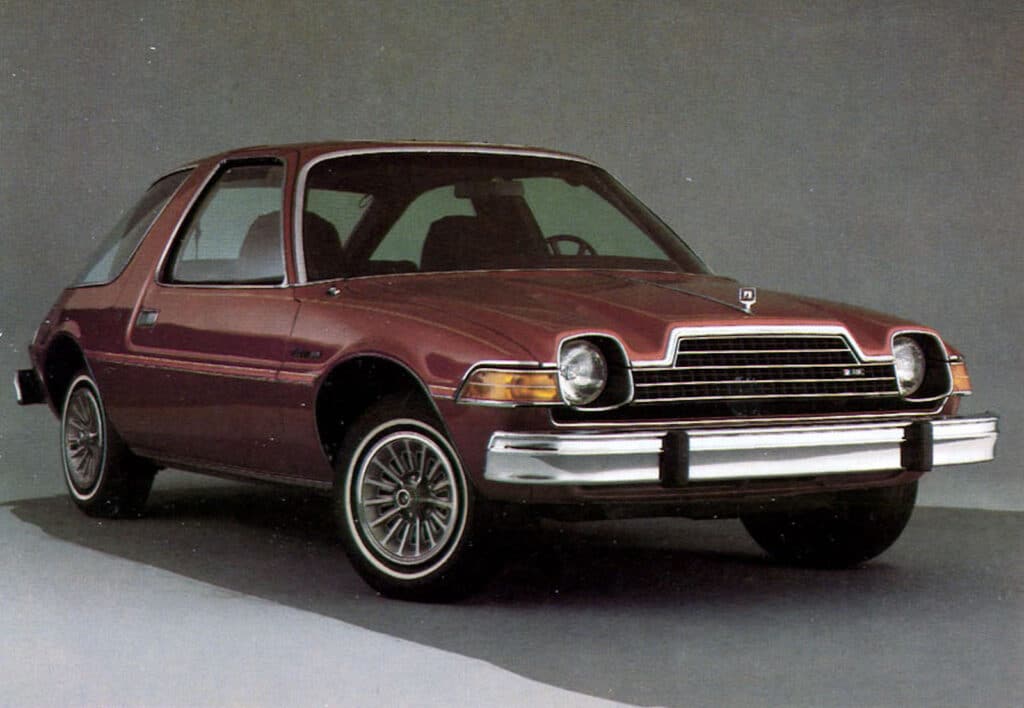
Yet the car earned accolades. Road & Track called it “fresh, bold and functional.” Business Week called it “the hottest car of 1975.” Certainly, the car sold briskly, at least initially despite the cat that everything you’d want in a car was optional. And given its massive amount of glass, air conditioning was the one option worth having.
With it, its cramped engine bay was even more cramped, making it a hassle to service. And, at 16-20 mpg, the car was not very fuel efficient, its raison d’être. Then there was its width and wide doors, making it problematic when parked.
Once the novelty wore off, so did demand, with sales slackening by 1977, despite the introduction of the Pacer wagon, which helped reduce its bulbous-like appearance. By 1979, sales amounted to little more than 10,000 units, with more than 70% being wagons. After that 1,746 Pacers were built for 1980, AMC pulled the plug in December 1979. Production totaled 280,858 units.
If the AMC Pacer is remembered, it’s for its unlikely starring role in the 1992 film “Wayne’s World,” where Garth — Mike Myers — and his crew dork out to Queen’s “Bohemian Rhapsody.” It also appeared in rapper Eminem’s music video for “The Real Slim Shady.”
Long a mocked ’70s relic, today, Pacers have newfound appreciation, and can fetch as much as $20,000 in top condition, according to the Hagerty Price Guide.
In the end, the Pacer cost AMC $60 million to develop, or five times what AMC spent developing the Gremlin. Certainly its cost, and failure, robbed AMC of the funds to revise the far more popular Hornet, Gremlin and Matador, and would eventually lead to the company’s turning to Renault for a financial lifeline before being sold to Chrysler Corp. in 1987.

